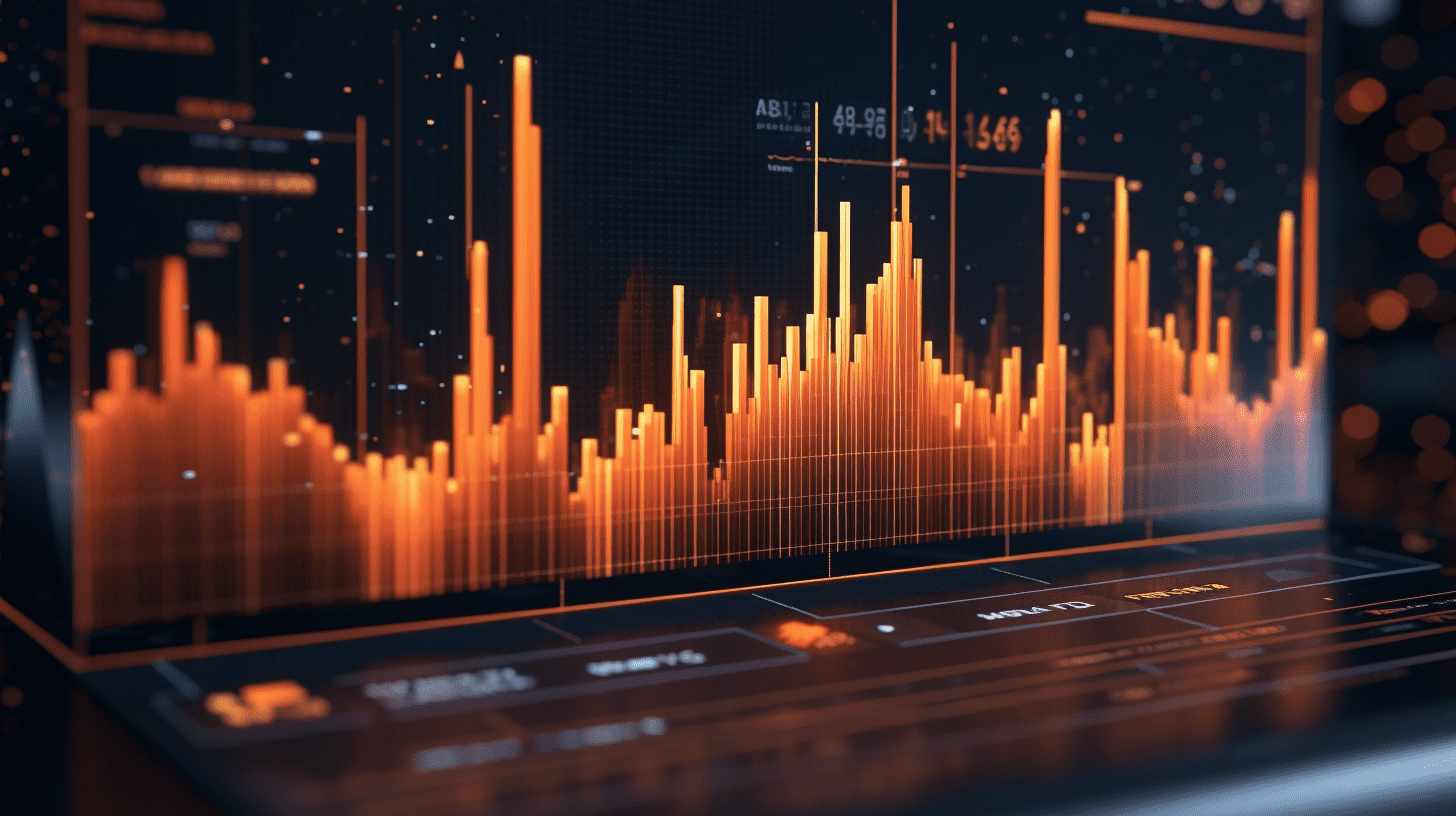Minsheng Securities: Breaking through the hundred-point mark of the US dollar again, this round of breakthrough may be more sustainable.
This year, the US dollar index made its second attempt to break through 100. This round of US dollar index breakthrough will be relatively "successful" compared to Julya rebound may reach higher levels (101 to 103), lasting for a longer period of time. At least until after the US government reopens, a string of weak economic data will be needed to correct market expectations.
Guotai Junan Securities released a research report stating that this year, the US dollar index is attempting to break through 100 for the second time. This time, the breakthrough of the US dollar index is expected to be more "successful" compared to July the rebound point may be higher (101 to 103) and the duration may be longer. At least the weak economic data after the US government reopens will be needed to correct market expectations. However, Guotai Junan Securities does not believe that a strengthening cycle of the US dollar is imminent; the current situation is more of a rebound. In the short term, the market has already started pricing in no rate cut in December (the expected probability has exceeded 30%), allowing for significant adjustments in future policy expectations.
Guotai Junan Securities' main points are as follows:
This is the second time this year that the US dollar index is attempting to break through 100. The last time was at the end of July, followed by a sharp decline due to the non-farm data on August 1st coming in below expectations, resulting in a double bottom. So, how will the trend of the US dollar index breaking the 100 barrier differ this time without interference from US data due to the government shutdown? Coincidentally, today's market volatility is high, and while it cannot be entirely attributed to the strong US dollar, breaking 100 is indeed an important warning signal.
First, let's look at the differences between the two:
Both instances involve TACO and a reversal of expectations for monetary easing, but the macro environment is significantly different. The June economic data released in July, especially the consumer data exceeding expectations, reflected a temporary rebound in the US economy after the first round of tariff impact, causing market expectations to switch from a "recession" model to a "recovery" model.
The current market resembles more of an "autopilot" situation in the absence of economic data, with market concerns about Powell's hawkish remarks but lacking official data to refute them.
Secondly, there are differences in external drivers. Among the G7 currencies, the British pound experienced the biggest decline relative to the US dollar in July: ongoing economic weakness and poor fiscal conditions made it the weakest link.
In contrast, this time the Japanese yen is leading the decline, with Japan's own political and economic situation playing a crucial role: on one hand, new Prime Minister Yoshihide Suga inheriting Abenomics' loose monetary policy, and on the other hand, the trade agreement reached with the US put Japan in a more disadvantaged position compared to China and South Korea.
So, will the outcome be different this time?
We lean towards the breakthrough of the US dollar index this time being relatively more "successful" compared to July the rebound point may be higher (101 to 103) and the duration longer, requiring consecutive weak economic data after the US government reopens to correct market expectations.
However, we do not believe that a US dollar strengthening cycle is imminent; the current situation is more of a rebound:
In the short term, the market has already priced in no rate cut in December (the expected probability has exceeded 30%), allowing for significant adjustments in future policy expectations.
Furthermore, the White House will announce the selection of the Federal Reserve Chairman before the end of the year. From the popular candidates, the difference in policy lies in "loose" or "extremely loose", which is expected to not be good news for the US dollar.
In the medium to long term, the Federal Reserve is still in a rate-cut cycle (and is more likely to accelerate rate cuts now); the US debt issue and European fiscal efforts are longstanding narratives.
Moreover, if the US dollar embarks on a path of appreciation, the underlying implication is that Trump's policy system 2.0 is successful, and the US economy and society will smoothly overcome their difficulties. However, the reality is that the US debt level is still at historical highs, and many of Trump's current domestic and foreign policies are more for short-term gain rather than addressing long-term structural issues. If this is considered success, then it can be said that the market paradigm shift has been too ambitious.
From an asset perspective, the biggest difference between the current market and before is that the prices of many assets (especially risk assets) have significantly increased in September and October; this may exacerbate the "side effects" of the US dollar rebound potentially helping gold and silver bottom out and aiding the equity market in digesting high valuations.
Related Articles

Hong Kong Airlines: Typhoon Haiou is approaching Danang. Departures and arrivals on November 6th and 7th will be affected.

Standard & Poor's Global October Hong Kong PMI rose to 51.2 for the third consecutive month in expansion territory.

Global risk assets tumble, prompting a surge in gold buying! Gold prices stabilize and rebound after a sharp fall.
Hong Kong Airlines: Typhoon Haiou is approaching Danang. Departures and arrivals on November 6th and 7th will be affected.

Standard & Poor's Global October Hong Kong PMI rose to 51.2 for the third consecutive month in expansion territory.

Global risk assets tumble, prompting a surge in gold buying! Gold prices stabilize and rebound after a sharp fall.

RECOMMEND

World’s largest oil company Aramco posts higher Q3 net profit after lifting output
04/11/2025

HSBC, General Atlantic CEOs flag AI capex-revenue mismatch, ‘irrational exuberance’
04/11/2025

Pfizer Files Second Lawsuit Against Novo Nordisk and Metsera Amid Intensifying Bidding Battle Over Obesity Biotech
04/11/2025


